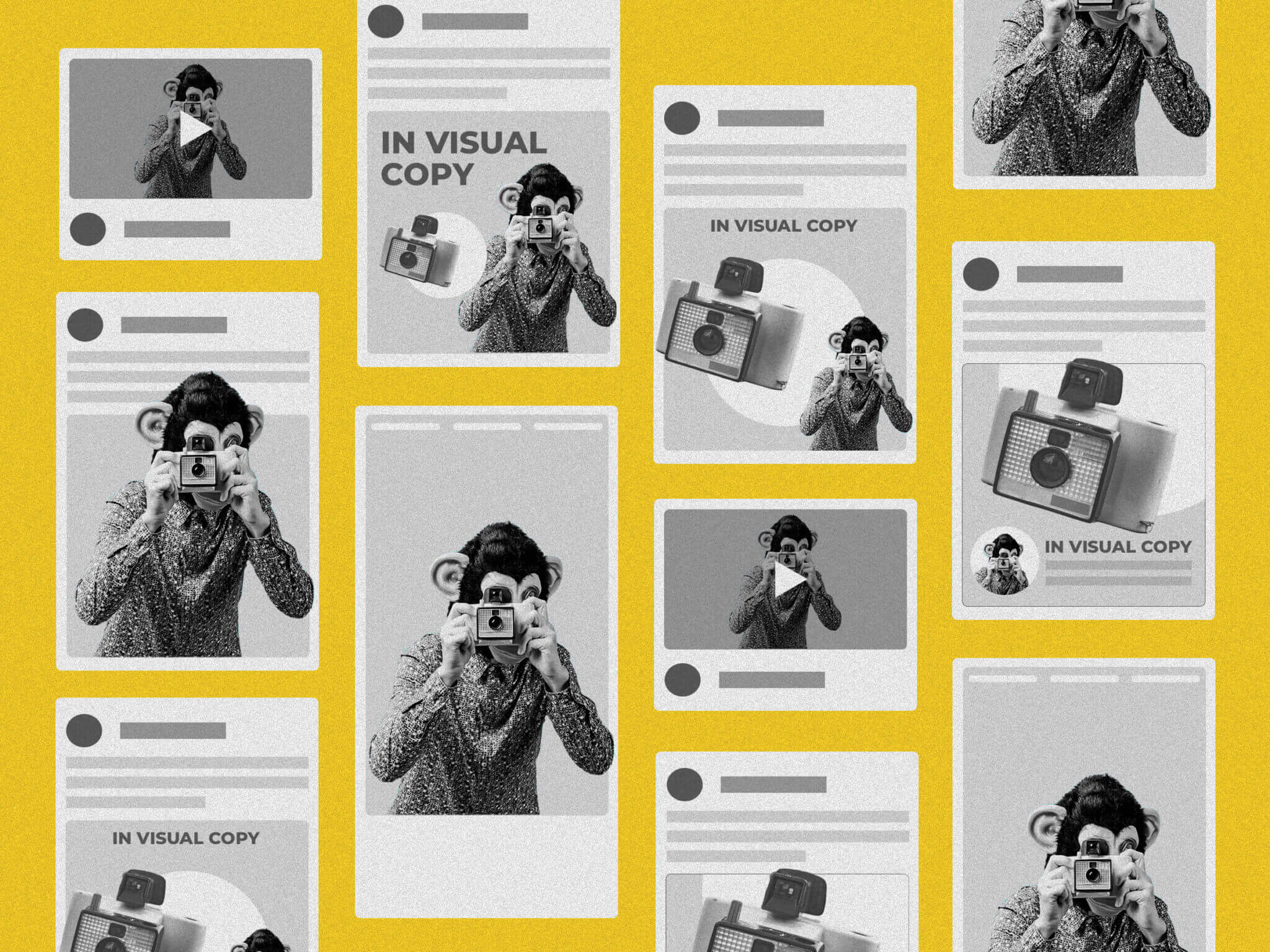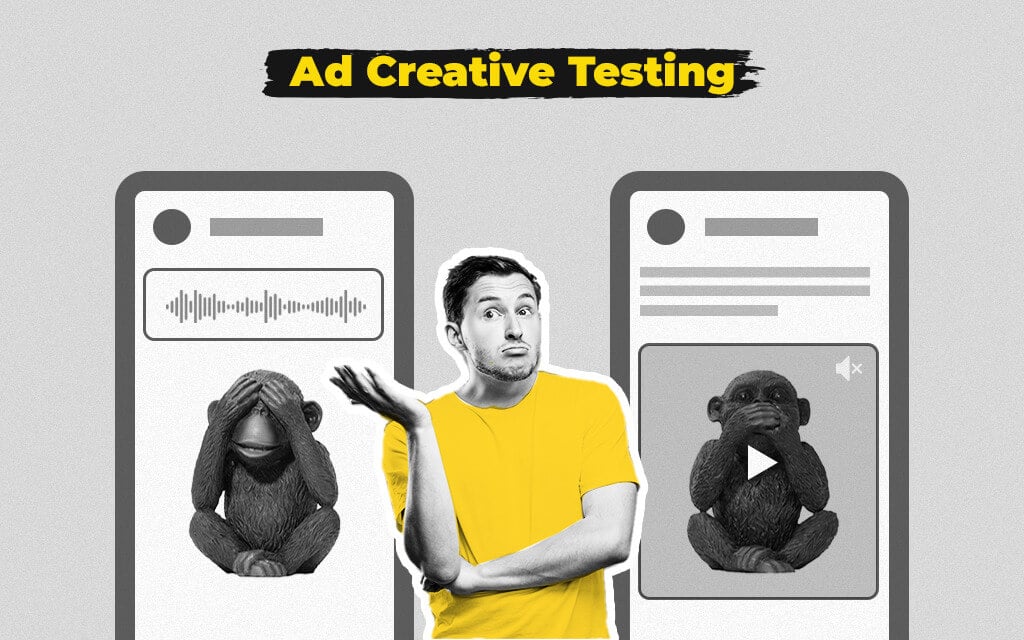Advertising budgets are always limited. It therefore makes perfect sense to get the most out of every dollar by spending on ads that get the best results. If you are ever in doubt about how well your ads could perform best, the only way to know for sure is to test.
If you’ve been following our series on our takeaways from the Ad World event, you’ll notice how testing is a key component of successful content, ads, and email. This fourth article in our series covers how to plan, implement and test ad creatives, as shared by Ad World Speaker, Colby Flood.

Before you even begin to plan your ad creatives, you must first have a firm grasp of your:
We previously introduced you to the basic marketing funnel and flywheel in our previous article about email marketing. Referring to these tools, you can then plan the themes you’ll be using for creatives during each stage of the funnel and the fourth section of the flywheel:
As you make your plans, make sure your strategy aligns with your audience’s buyer personas, your core values and your overall branding.
Start by formulating a hypothesis for each creative. An example you could consider is that “video is more effective than static images”. Then produce your creatives according to your hypotheses. Monitor the quality of your copy and visuals as you move through the production process.
Make sure you save the files of each creative to come up with a database that you can refer to after identifying which creatives get the best results. That way, you can use the files of the top-performing creatives as templates for your future campaigns.

Before you create your test campaign, it’s essential to keep the right mindset towards testing:
In CBO or Campaign Budget Optimisation, Facebook automatically spends your campaign budget across ad sets for the best results. With ABO or Ad Budget Optimisation, you have manual control over the budget for each ad set. If you want to use both for testing your creatives, start with CBO.
Before you test with CBO, it’s important to create a hypothesis statement to guide the optimisation steps to be explored. Your hypothesis should be insights driven, and directly rationalised. Practise clear and direct causal relationships between your variables so your optimisation practice can be tracked effectively.
Once you’ve specified your hypothesis, you must match this with a clear period of testing to monitor progress and results. It is also recommended to have a timeline in mind to contextualise how long the test is required to achieve the targeted results. Got all these covered? Then you’re ready to test!
Testing with CBO:
Monitor the following KPIs:
If the ads aren’t meeting your KPIs after three days, turn the ads off. If your ads are generating test results that you don’t need (i.e. Facebook seems to be diverting more of your ad budget to an underperforming ad), switch to ABO for testing.
Testing with ABO:
ABO testing prevents Facebook from diverting your ad budget to a single creative. This test will enable you to make faster decisions.
You’ll know which creatives are your top performers by looking at your KPIs and average CPA. Use these creatives in your lowest cost campaign, but leave them in your test campaign until you see better results from the duplicate ads.
Planning, implementing and testing ad creatives is a lot of work that can involve multiple fields of expertise. Doing everything in-house might mean not having enough creative resources for a successful test, let alone a high-performing campaign.
Without a specialist in creative strategy, it can be challenging to communicate what you need to a creative team, or stay aligned with your business objectives. It can also slow down the ad production process, which can have a negative effect on campaign performance.
Working with a full-service digital agency that has strategists and creative teams as well as media buyers and planners facilitates the process and ensures efficient use of your advertising budget.
Mediatropy has successfully created and managed ads with breakout creatives for clients such as Sheraton Hotels & Resorts. Get in touch with us today to find out how we can achieve the best results for your ad creatives and campaigns.
Don't be shy — say hello and we'll be glad to kickstart your next exciting digital marketing journey.